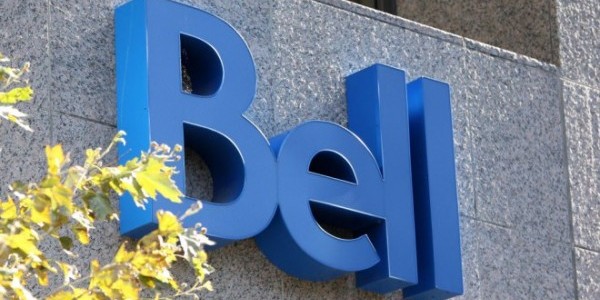The CRTC has turned down an application by Bell Media to change the conditions of license for eight of its leading specialty services including Bravo, The Comedy Network, Discovery Channel, E! and Much, ahead of impending changes to how Canadian pay and specialty services are defined and distributed.
Bell had asked the federal regulator to convert the eight channels from Category A to Category B services, which would require them to broadcast only 35% Canadian content – down from the current 50% for Category A services – while also eliminating their “must-carry” status.
The media company unsuccessfully argued it was trying to get a head start on regulatory changes stemming from the “Let’s Talk TV” hearings. These changes govern everything from license definitions to the elimination of genre protection and the introduction of pick-and-pay.
Among the changes, the CRTC is consolidating all Category A and B TV services into a single license type that will be called “discretionary services.” These services will operate under standard conditions of license, with an exhibition level of 35% for Canadian content.
The new licenses will be introduced during the next license renewal period, which is set to begin Sept. 1, 2017 for large private ownership groups.
However, Bell argued in its application that the two years before license renewal represents a “lengthy period of time,” particularly given the changes to how audiences consume TV content and the increased competition for content from domestic and international sources.
“The inability of certain discretionary services to manage the transition to a more competitive licensing and carriage environment could set them back significantly and the damage could be permanent,” it warned. “The success of these services in the long term should be dictated by consumer demand based on the quality of the programming on offer, not regulatory engineering – clearly, a level playing field is needed.”
Bell argued Canadian content requirements for specialty services are not consistent. While Discovery Channel is required to 60% of the broadcast week and 50% of the evening broadcast period to Canadian programming, the requirements for a rival service like History Television are 10% lower, it said.
Bell also said the March introduction of the so-called “skinny basic” cable package – as well as a pick-and-pay option – could put its services at a disadvantage. It argued the more flexible packaging options being introduced continue to require Category A services to operate with higher Canadian content while potentially losing subscribers. These rules, it said, “greatly limit these services’ ability to evolve and meet audience needs and successfully compete without genre protection.”
In its ruling, the CRTC said approval of the Bell application would mean that key policy changes would occur ahead of its stated timeline. “While the charges could be beneficial to Bell and its services, Bell has not provided evidence as to how the broadcasting system as a whole would benefit from the proposed accelerating timeline,” said the CRTC in its ruling.
It also said the Bell services have both strong brands and audiences that are at least partly attributable to their mandatory distribution, and that it appeared Bell did not consider Category A status necessary to ensure favourable distribution.
It pointed out that Bell did not ask for a status change to its other services – a group that includes Book Television, Business News Network and CP24 – which it said is at odds with its argument that the applications are an attempt to gain “regulatory parity” between Category A and B services.
“This suggests that the applications may be an attempt to better position Bell’s most popular specialty services as soon as possible,” said the CRTC ruling. “Therefore, converting the eight Category A services into Category B services and reducing their regulatory obligations at this time could confer upon Bell an advantage over other Category B services.”











